When a healthcare organization embraces a value-based care approach or a risk agreement with a health insurance payor, they are accepting the potential risk and reward associated with value-based care. While accepting the reward with a risk agreement may come easy the associated risk is typically not as easy for an organization to manage. With the shift to value-based care, comes a challenge of how to not only manage risk of your patient population but how to overcome the risk as well.
Identifying and managing high-risk and potential high risk patients is critical to improving the care of your patient population, while identifying cost drivers and intervening timely to reduce the risk.
Managing risk can be done through technology:
- Measuring it within your patient population
- Assessing its cause
- Evaluating its impact
- Identifying interventions to solve and avoid risk
Measure
Being able to identify and measure the risk of your patient population is critical in order to intervene. As more and more healthcare organizations embrace value-based care, they are embracing technology that allows them to streamline risk management and reduces admin burden.
Measuring risk through technology includes:
- Financial Risk including utilization cost
- Clinical Risk of Patient(s)
- Measuring Quality Measures
- Monitoring Chronic Conditions
- Identifying patient gaps
Without having the proper tools, technology and procedures in place to measure the risk of your patient population, this task can seem almost impossible.
Assess
Once your organization has the right tools and technology in place to measure the risk of your patient population, the next step is to assess the cause of the associated risk. An organization should be able to identify and assess the cause and attributions of a patient’s risk through:
- Associated chronic conditions
- Hospital visits, including ER versus Inpatient
- Readmission Rates
- MLR (Medical Loss Ratio)
- MRA (Medicare Risk Adjustment)
- Claim number and cost
Assessing the cause of a high risk patient is essential to evaluating the direct impacts of a high risk patient.
Evaluate
Now that you have Measured the risk of your patient population and Assessed the cause, it is important to Evaluate the impact of your patient population that is at high risk. How do you evaluate the direct impact of your high risk patients though? What is the importance of this?
High risk patients are often considered high utilizers and high cost drivers within an organization. If you don’t identify and intervene with these patients, the patient is going to be impacted negatively and they will continue to cost your organization to lose money. With that being said, it is critical to have the right tools and technology to be able to drill down into the direct impact of a high risk patient and immediately identify room to intervene, improve patient care and decrease cost.
Manage and Resolve the Risk with Primavera Health
Taking action as a healthcare organization once you have Measured, Accessed and Evaluated the risk of your patient population is the final and most important step. Primavera Technology allows you to Identify patient trends associated with risk and intervene on a patient level. Intervening and planning a course of action can be executed within our Data Analytics App and Case Management App.
Instantly identify high risk patients, view detailed clinical and financial information and intervene through creating a case plan. Cases are completely customizable depending on the patient and the associated risk. Options to intervene through a case include: Create tasks for case managers to complete, customizing a Plan of Care and Complete proper documentation of progress of patients health/cost. Primavera is continuously partnering with organizations to improve risk management by intervening with our technology while embracing value-based care.
Reach out to us today to learn how we support you to continually improve your risk management and value-based care strategy today.
(888) 667-2219
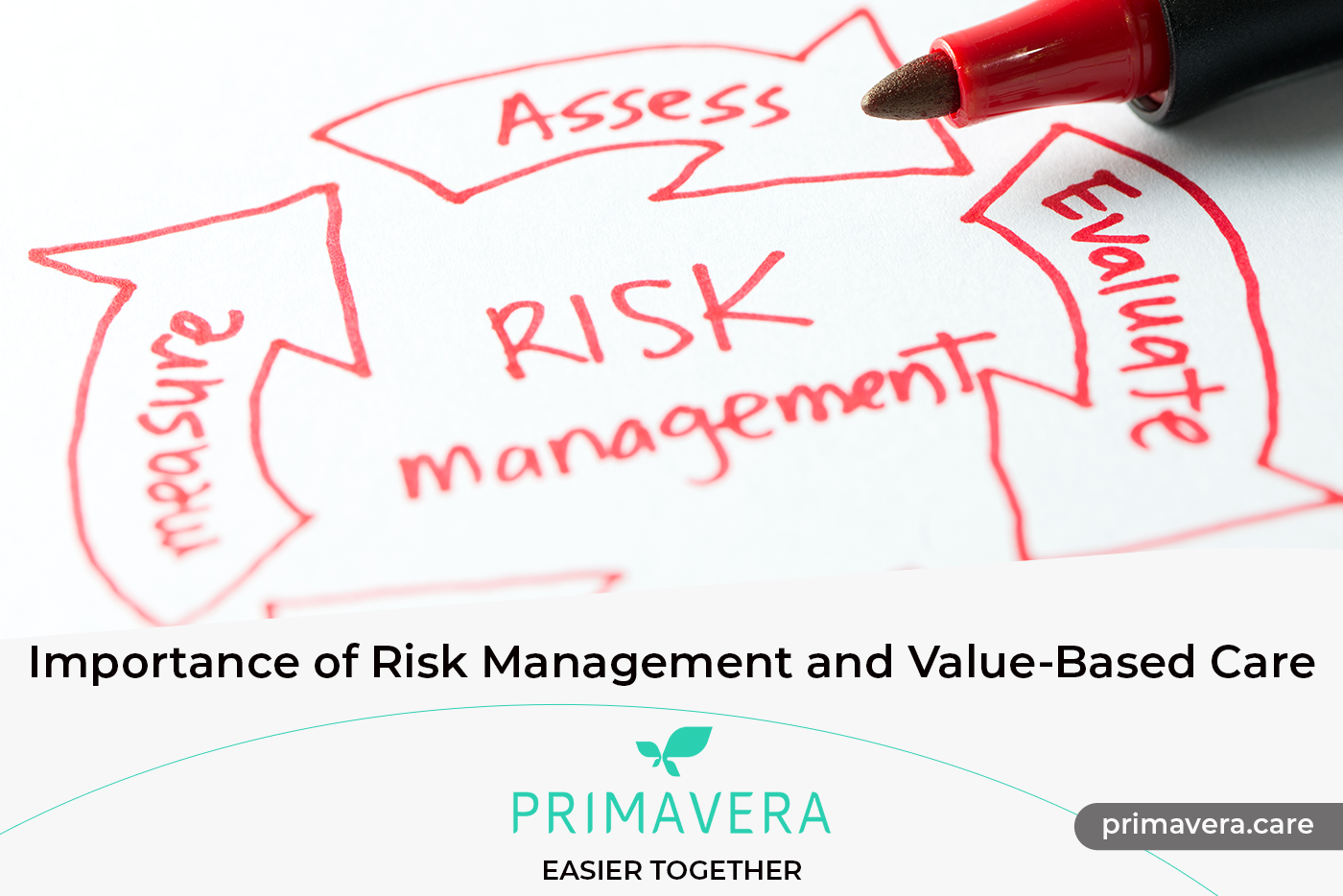



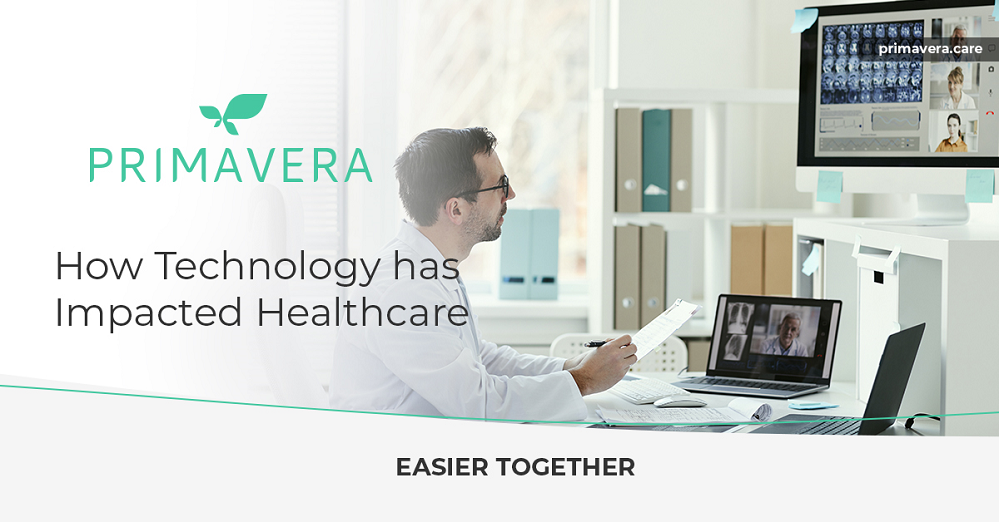





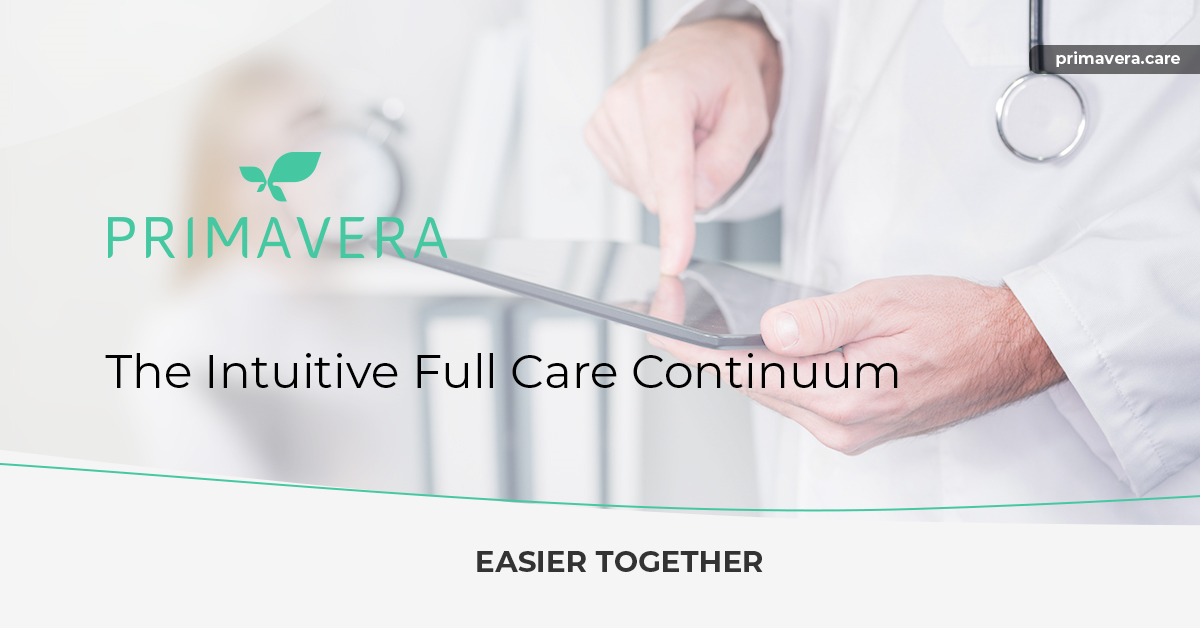

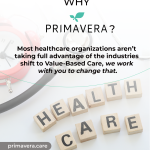

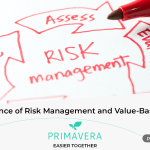



Recent Comments